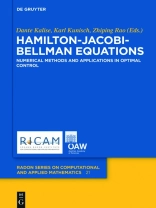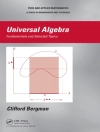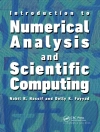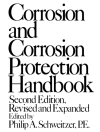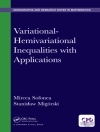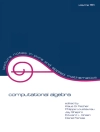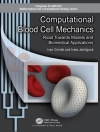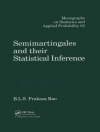Optimal feedback control arises in different areas such as aerospace engineering, chemical processing, resource economics, etc. In this context, the application of dynamic programming techniques leads to the solution of fully nonlinear Hamilton-Jacobi-Bellman equations. This book presents the state of the art in the numerical approximation of Hamilton-Jacobi-Bellman equations, including post-processing of Galerkin methods, high-order methods, boundary treatment in semi-Lagrangian schemes, reduced basis methods, comparison principles for viscosity solutions, max-plus methods, and the numerical approximation of Monge-Ampère equations. This book also features applications in the simulation of adaptive controllers and the control of nonlinear delay differential equations.
Contents
From a monotone probabilistic scheme to a probabilistic max-plus algorithm for solving Hamilton–Jacobi–Bellman equations
Improving policies for Hamilton–Jacobi–Bellman equations by postprocessing
Viability approach to simulation of an adaptive controller
Galerkin approximations for the optimal control of nonlinear delay differential equations
Efficient higher order time discretization schemes for Hamilton–Jacobi–Bellman equations based on diagonally implicit symplectic Runge–Kutta methods
Numerical solution of the simple Monge–Ampere equation with nonconvex Dirichlet data on nonconvex domains
On the notion of boundary conditions in comparison principles for viscosity solutions
Boundary mesh refinement for semi-Lagrangian schemes
A reduced basis method for the Hamilton–Jacobi–Bellman equation within the European Union Emission Trading Scheme
Sobre o autor
Dante Kalise and Zhiping Rao, Radon Institute, Austria; Karl Kunisch, University of Graz and Radon Institute, Austria.
